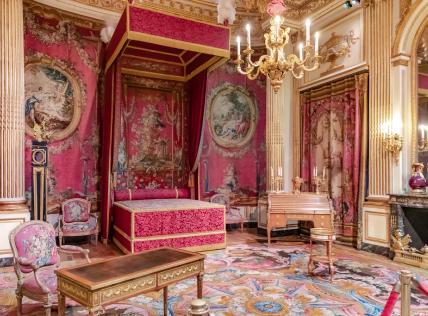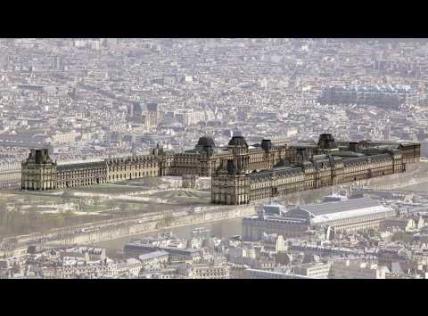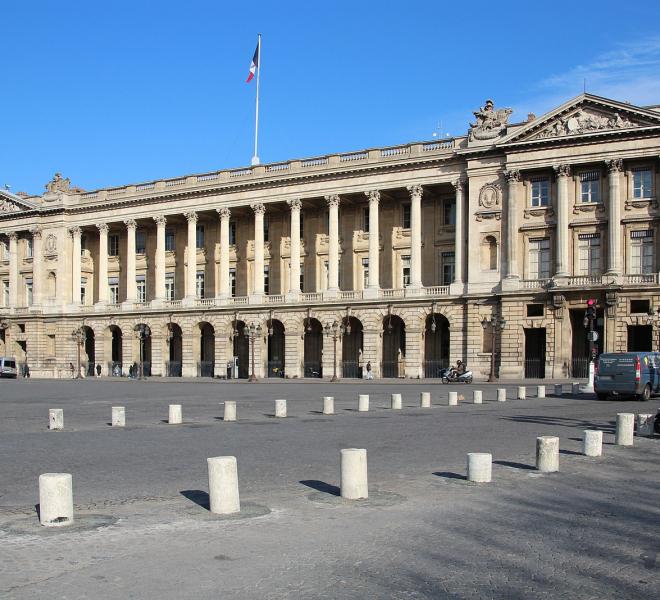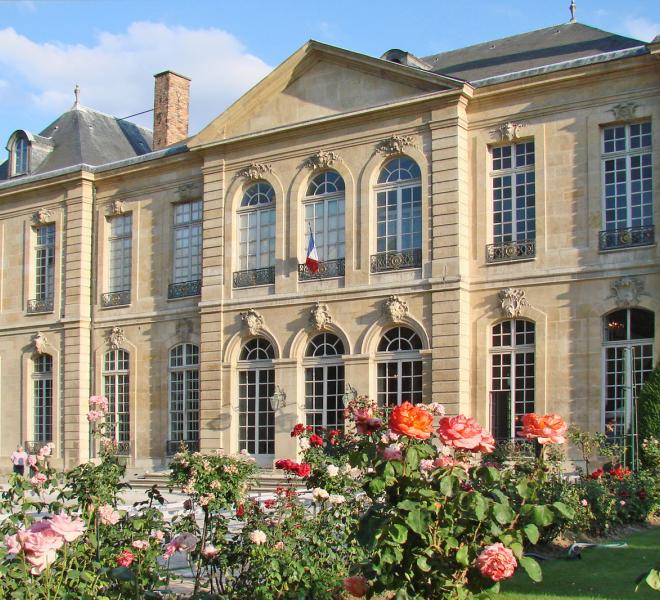You are here
Palais Royal-Musée du Louvre
Originally a twelfth century fortress, it became the centre of the numerous royal residences, until the construction of Versailles, and was filled over the centuries with ever growing art collections. Since 1989, a glass pyramid, commissioned by François Mitterrand, has become the museum’s principle entrance, as well as a famous architectural landmark. It was designed by the Chinese-American architect. I.M. Pei.
The collections are enormous and only a small part is visible for the public. The Louvre's collection covers Western art from the medieval period to 1848, formative works from the civilisations of the ancient world, and works of Islamic art.
The collection is grouped into eight Departments: Paintings, Egyptian Antiquities, Greek, Etruscan and Roman Antiquities, Near Eastern Antiquities, Sculptures, Decorative Arts, Islamic Art, Prints and Drawings, The Pavillon de l'Horloge.
The latter tells the story of the transformation of the palace—once home to the kings of France—into a museum, through Interactive models, digital displays, archived documents, films, and artworks from the Louvre.
Most probably, the two best known works of art are the Mona Lisa by Leonardo da Vinci (1452– 1519), and the Venus de Milo, the ancient Greek statue, created sometime between 130 and 100 BC.
The Louvre opened two branches: one in Lens (Fr), in 2012, and one in Abu Dhabi, in 2017.
For more detailed informations, see website
Palais Royal-Musée du Louvre













